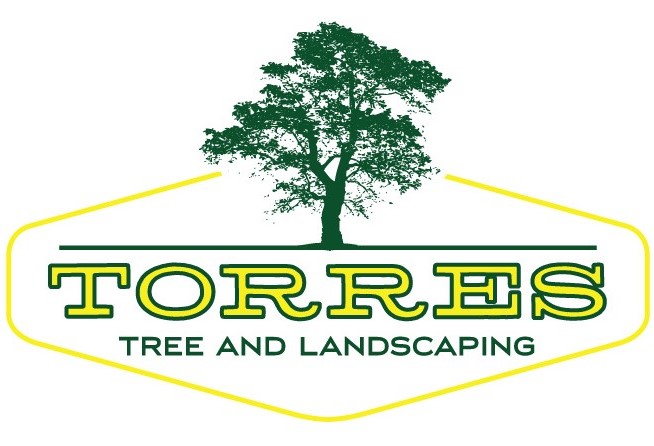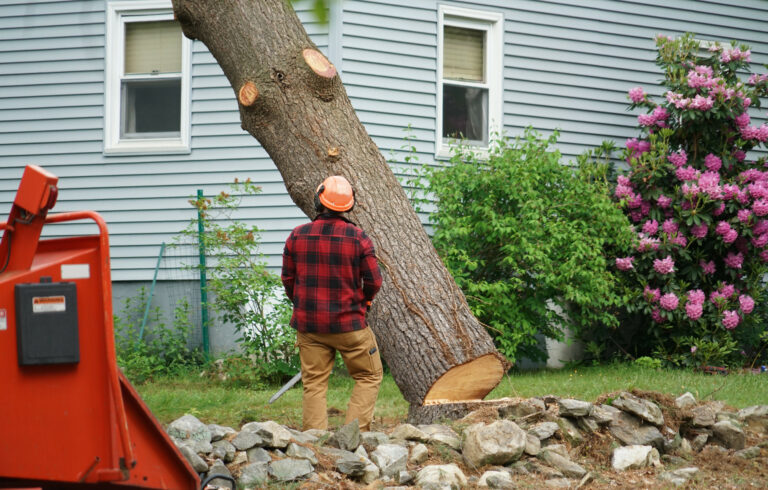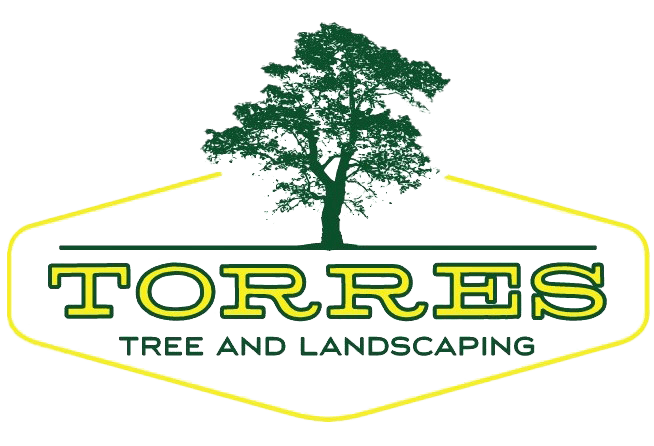Trees are a valuable asset to any property, providing shade and beauty. They even improve air quality. However, there are times when it becomes necessary to remove a tree. Whether it’s due to safety concerns or another issue, knowing when to remove a tree is crucial. In this article, we’ll discuss the signs that indicate it’s time to remove a tree and why seeking professional assistance from a tree service company is essential.
Signs of Structural Instability
One of the most prominent indicators that a tree needs to be removed is when it shows signs of structural instability. If the tree has significant leaning, especially towards a structure or power lines, it poses a significant threat.
Likewise, if the trunk or major branches have large cracks or splits, this also compromises the tree’s stability. If you notice any of these signs, it’s important to reach out to a professional tree service to assess the tree’s condition and determine if removal is necessary.
Tree Disease or Decay
Tree diseases and decay cause weakened and compromised structures, making them prone to breakage or falling. Fungal infections, such as root rot or canker diseases, can cause extensive damage to the tree’s roots, trunk, or branches.
Dead branches or an overall decline in the tree’s health may indicate disease or decay as well. If a tree is diagnosed with irreparable damage from disease or decay, removal is the best course of action to prevent the spread of disease to other trees in the vicinity.
Texas A&M Agrilife Expert, David Appel, Ph.D., AgriLife Extension plant pathology specialist (2020) tells us for example, oak wilt can kill a tree,” he said. “If 30% or more of the crown is symptomatic for oak wilt, the tree is probably beyond treatment and will eventually need to be removed. However, some trees can survive oak wilt without treatment, and then it becomes a personal choice as to whether it looks good enough to keep (para. 30).
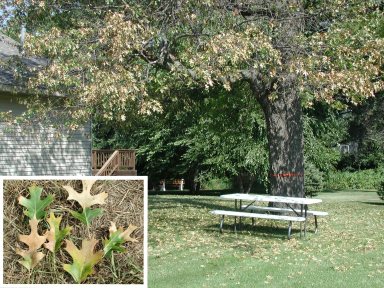
The Wrong Species
The presence of invasive or undesirable tree species can be a compelling reason for tree removal. Invasive species, such as the notorious Tree of Heaven or the rapidly spreading Norway Maple, can cause significant ecological damage by outcompeting native species and disrupting the natural balance of ecosystems.
These invasive trees often grow aggressively, spreading their seeds and roots relentlessly, which can lead to a decline in biodiversity and the loss of valuable native plants.
Undesirable tree species, on the other hand, may be known for their weak wood, messy fruits or flowers, or aggressive root systems that invade sewer lines or disrupt hardscape features.
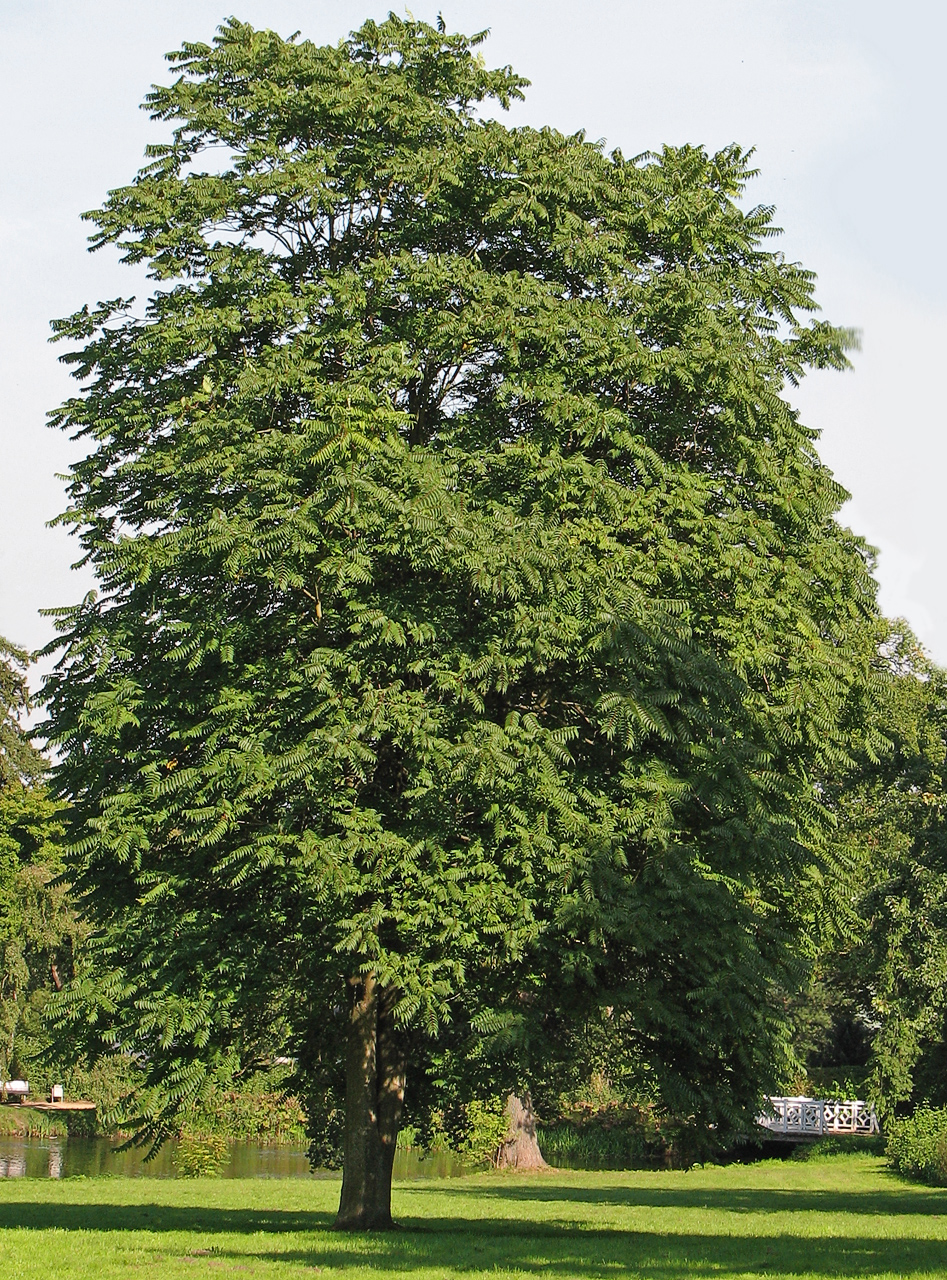
Property Damage Risks
Trees that are too close to structures, foundations, sidewalks, or driveways pose a risk for property damage. As trees grow, their root systems can extend and potentially damage foundations, underground pipes, or septic systems.
Overhanging branches can cause damage to roofs, gutters, or power lines during storms or high winds. If a tree’s proximity to structures poses a risk for potential property damage, removal may be necessary to prevent costly repairs and ensure the safety of your property.
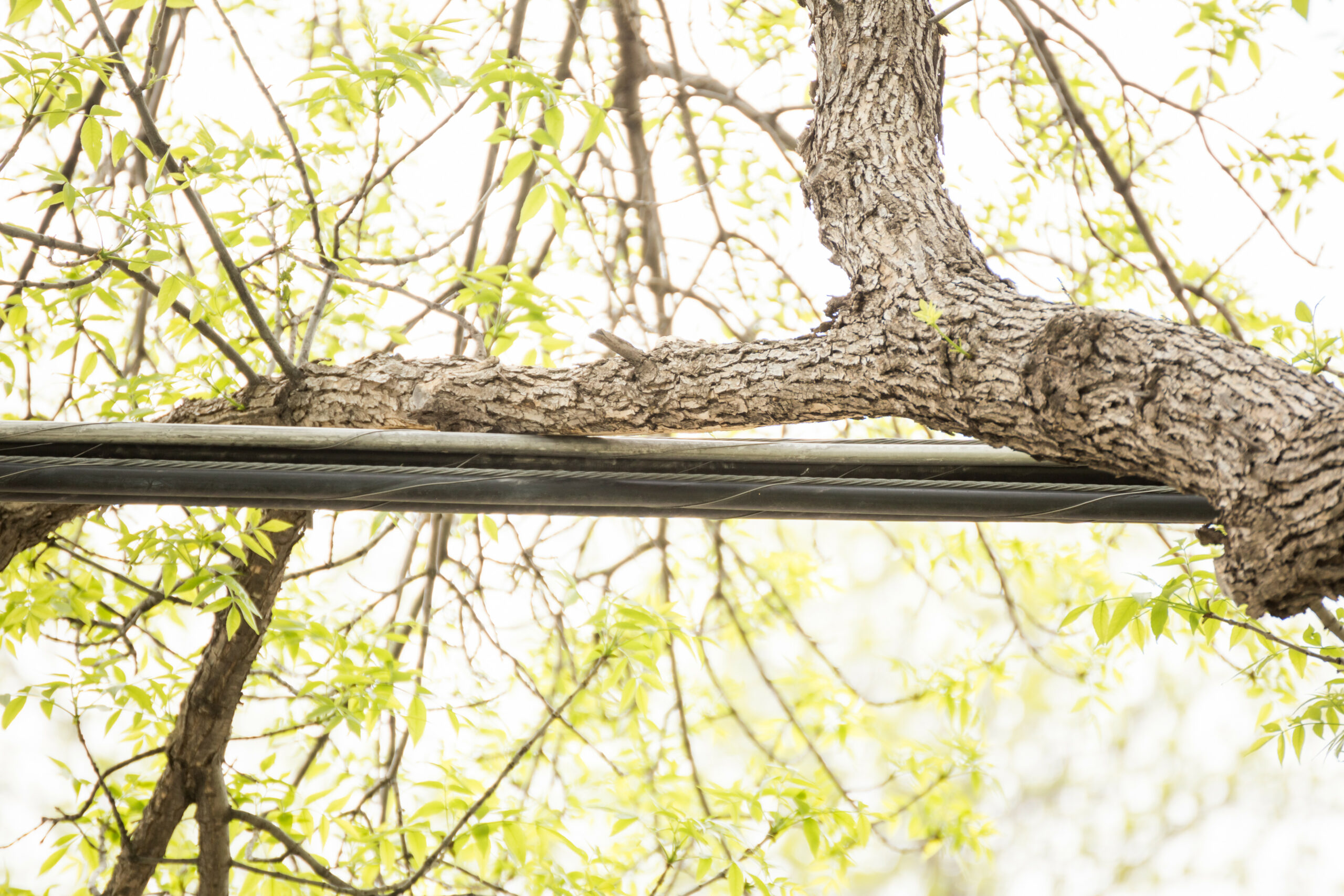
Deeply Rooted Pest or Insect Infestations
Pest or insect infestations can take a toll on tree health and cause irreversible damage. Trees that are deeply rooted or have extensive infestations may not respond to treatments and may suffer severe decline or die off.
Examples of such infestations include emerald ash borer or pine beetle infestations, which can kill entire stands of trees. In cases where the infestation is widespread and controls are ineffective, tree removal may be necessary to prevent further infestation and protect surrounding trees.
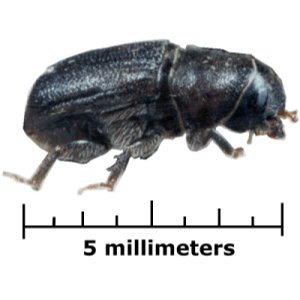
Safety Concerns
When a tree poses a safety risk for people or property, its removal becomes paramount. Dead or dying trees with weak branches can fall unexpectedly, endangering pedestrians, vehicles, or nearby structures.
Trees located in high traffic areas or near playgrounds, schools, or public spaces require extra attention to ensure the safety of passersby. If a tree is deemed hazardous or poses significant safety concerns, contacting a professional tree service for removal is crucial to prevent accidents and protect those in the vicinity.
Trunk Damage
Trunk damage is a serious issue that can often necessitate the removal of a tree. The trunk is the central support system of a tree, responsible for transporting vital nutrients and providing overall stability.
When the trunk suffers significant damage, such as deep wounds, large cracks, or extensive decay, it compromises the tree’s structural integrity and puts it at risk of failure. Additionally, if the damage extends into the cambium layer, the tree’s ability to heal itself becomes compromised. In such cases, removal may be the safest course of action to prevent the tree from falling and causing property damage or injury.
It is important to consult with a professional tree service to evaluate the extent of trunk damage and determine if removal is necessary for the safety of your property and those around it.
The University of Maryland Extension (2023) informs if the damaged area is less than 25 percent of the circumference of the trunk, the wound could gradually heal over and no permanent injury should result.
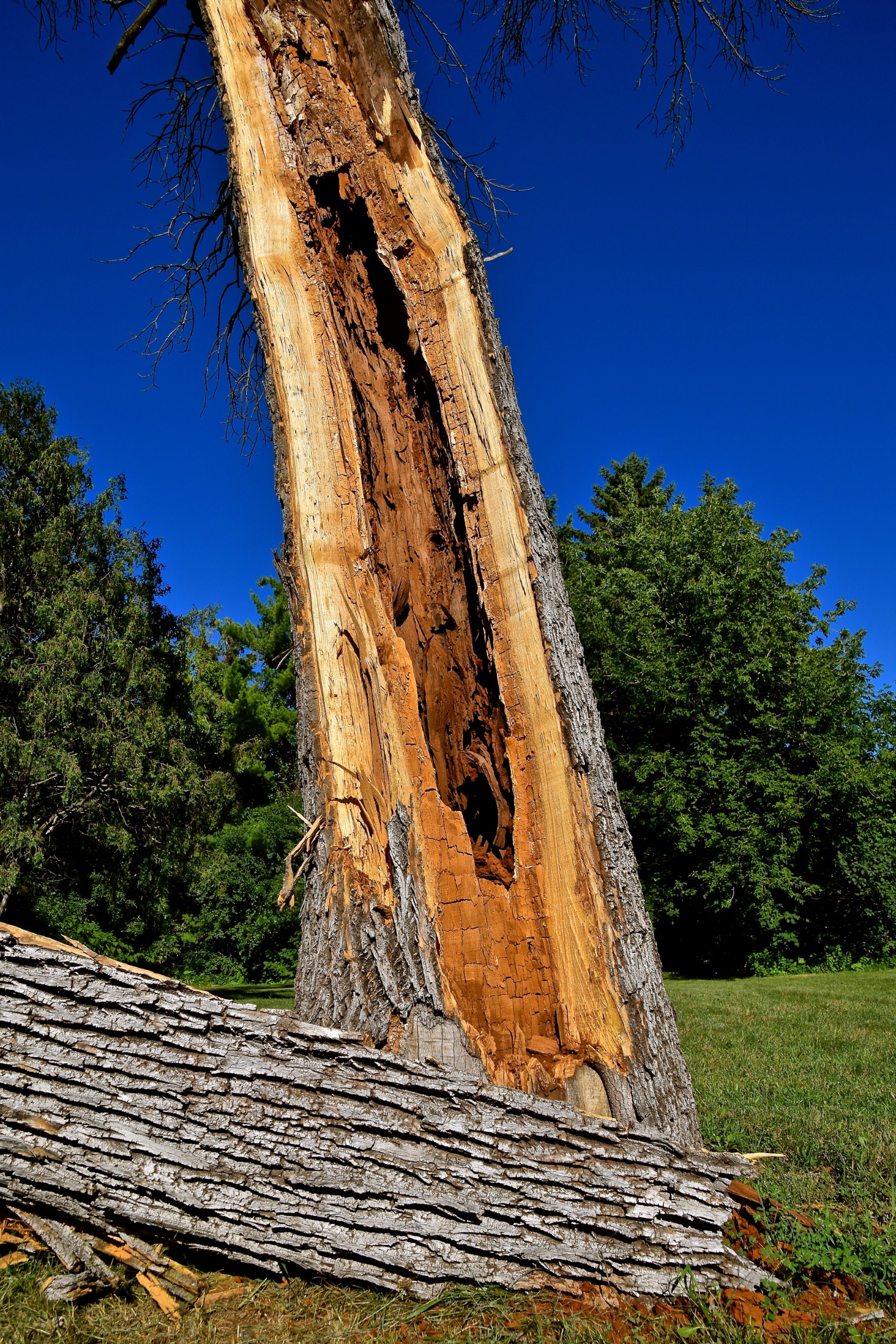
Tree Maintenance
Regular tree maintenance is key to ensuring that your tree remains happy and healthy for years to come. Just like any living organism, trees require care and attention to thrive. By keeping up with routine maintenance tasks such as pruning, watering, and fertilizing, you will promote strong and sturdy growth. Not to mention prevent diseases and infestations, and maintain the overall beauty of your tree.
Regular maintenance also allows for early detection of any potential issues, giving you the opportunity to address them before they become larger problems. So, make tree care a priority and reap the rewards of a vibrant and flourishing tree in your landscape.
The University of Maryland Extension (2023) tells us that most tree pruning and removal jobs are not safe for the average person. Not to worry, we can help! Check out our tree and shrub trimming service page for details.
Conclusion
Knowing when to remove a tree is essential to preserve the safety of your property and surrounding areas. Signs of structural instability, tree disease or decay, property damage risks, deeply rooted pest or insect infestations, and safety concerns are all indicators that removal may be necessary.
Seeking professional assistance from a reputable tree service is crucial to ensure a safe and efficient removal process. Contact Torres Tree Service today for expert advice and a comprehensive tree removal assessment to address any concerns.
Go to our tree removal service page to learn more.
References
Texas A&M Agrilife Experts. (2020, August 17). Deciding when to remove a tree. Agrilife Today. https://agrilifetoday.tamu.edu/2020/08/17/deciding-when-to-remove-a-tree/
University of Maryland Extension. (2023, May 18). How do you decide when to remove a tree? University of Maryland Extension. https://extension.umd.edu/resource/how-do-you-decide-when-remove-tree/
